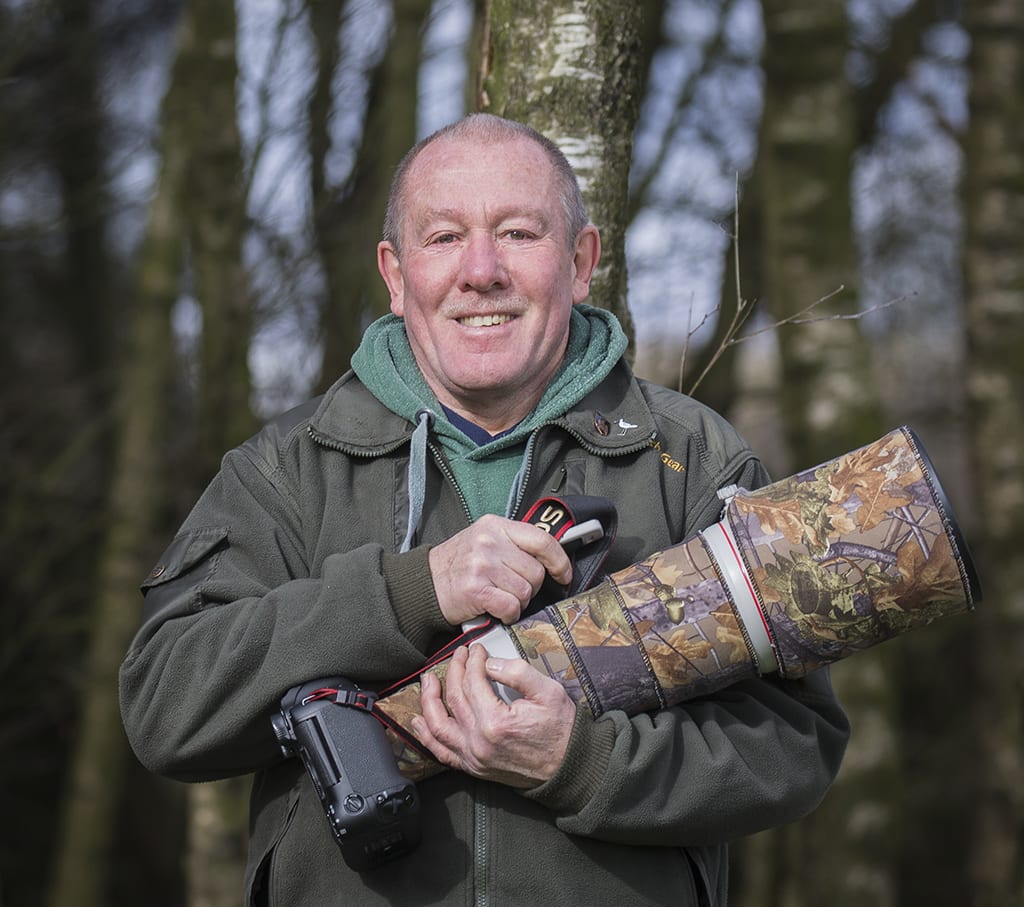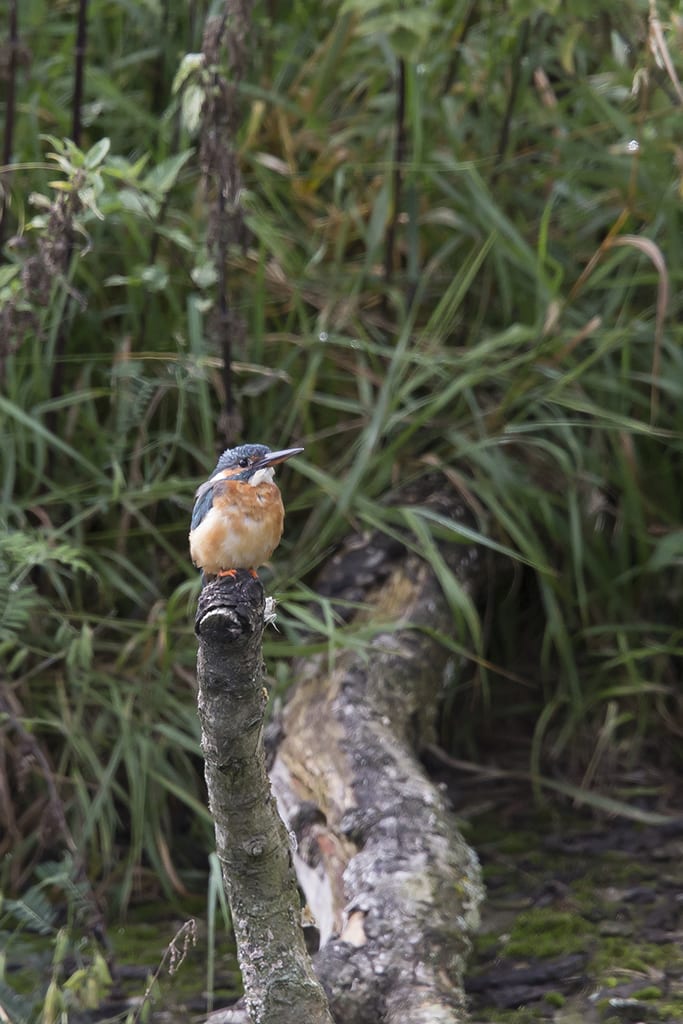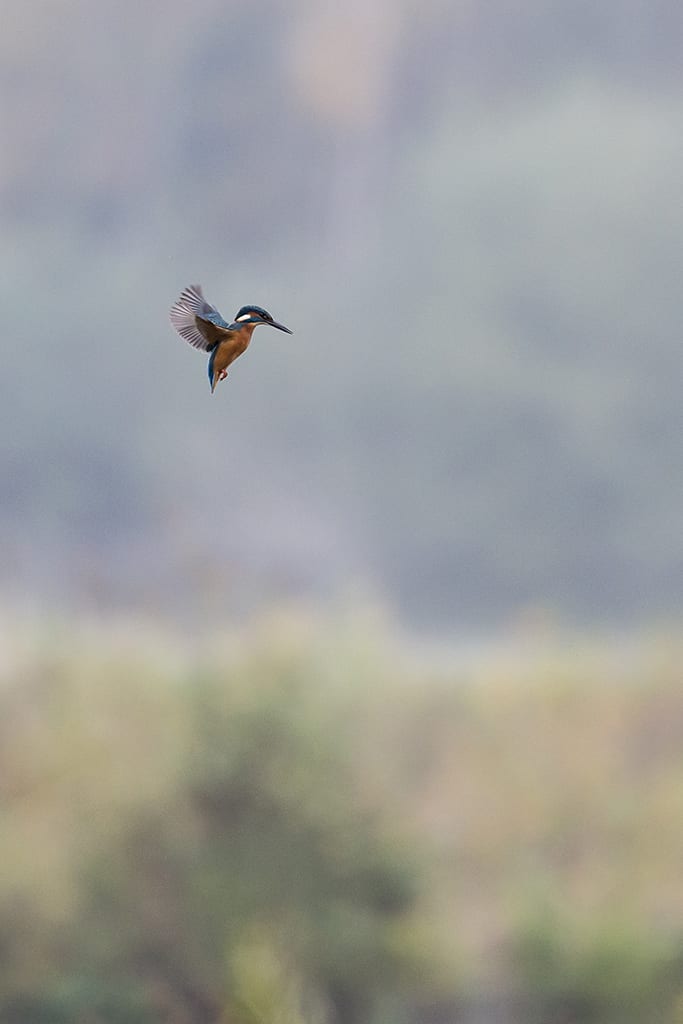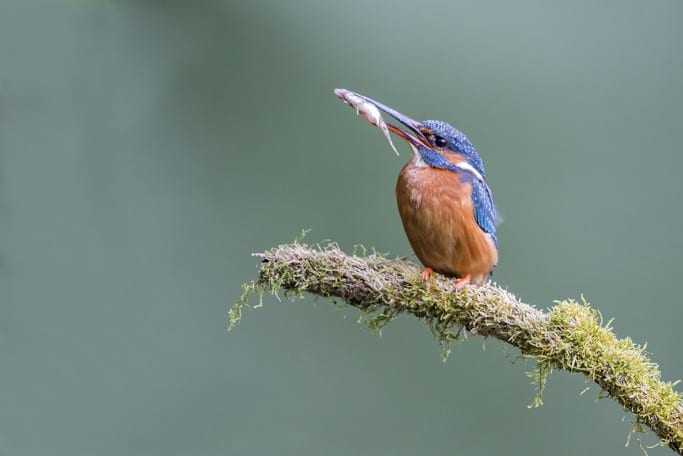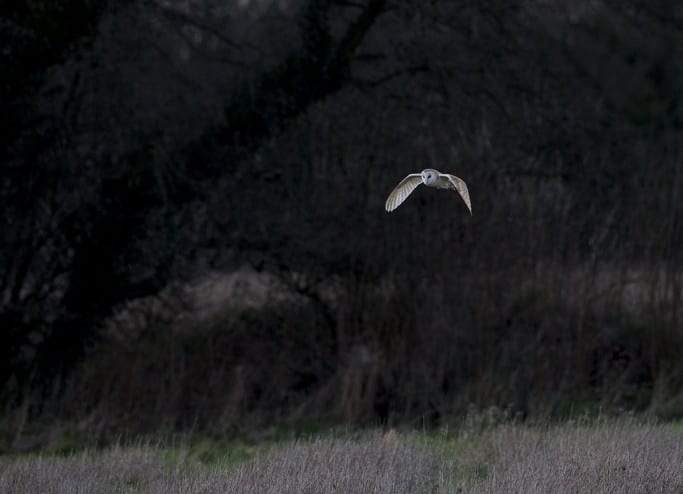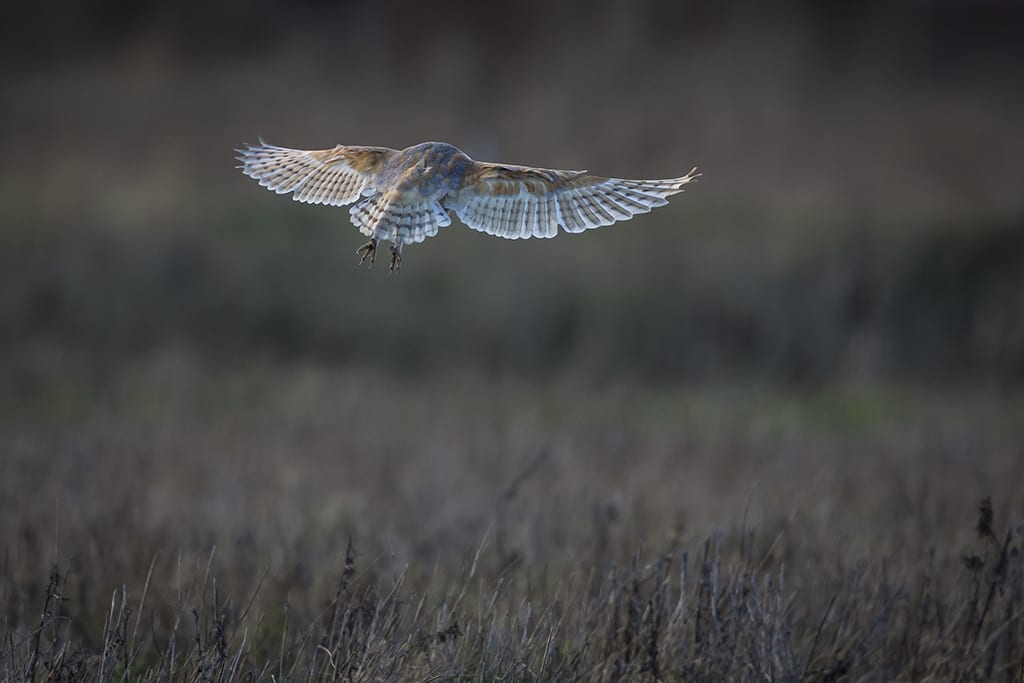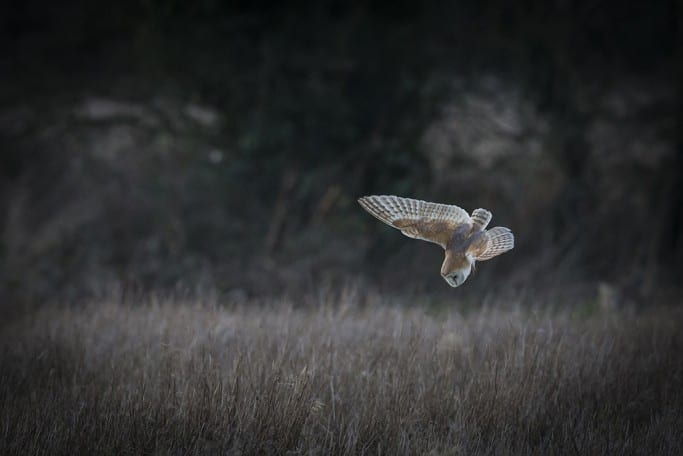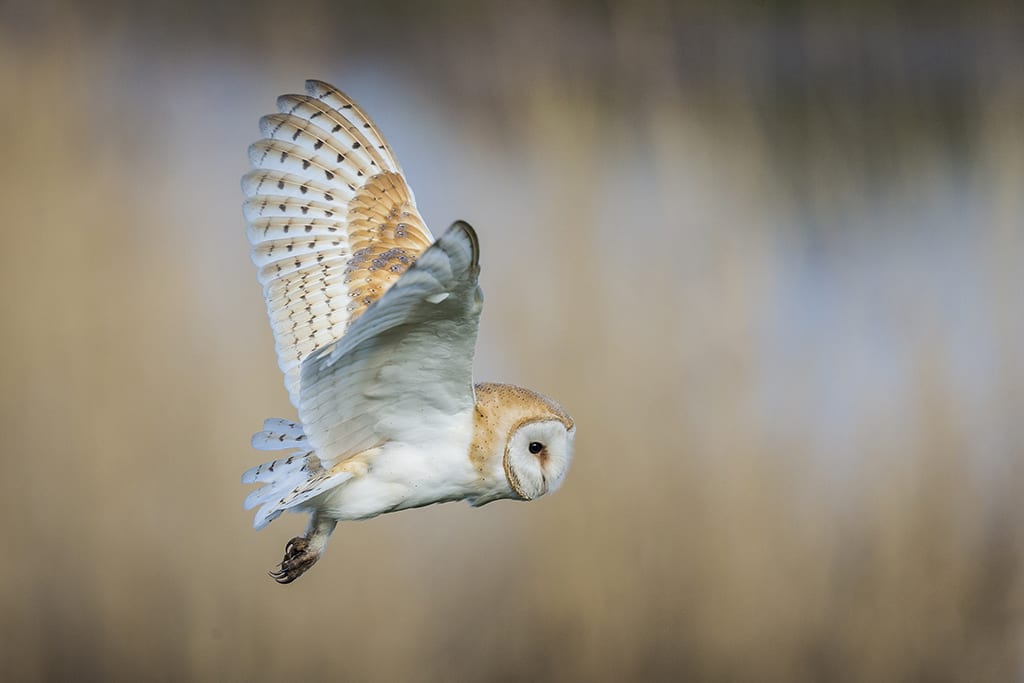In this article, wildlife photographer Phil Jones tells us how he stays focused and enthused about photography.
Spring is upon us and I know that lots of you will be dusting off your cameras with intention to go out as the weather improves and get some new photographs.
Over the past winter, a number of students on the weekly IOP® (Institute of Photography) Tutor Hosted Chat have asked me how I keep myself motivated and what makes me as enthusiastic as ever to be out there, all winter, in all sorts of weather with my camera.
Well, the answer is quite straightforward. I have “projects” on my mind.
I’m sure many of you will have read about the 365 photographs in 365 days project, the idea being that your interest in photography is kept alive all year round because you have to take a shot a day. I looked at this idea and thought that’s a good project for people who have retired, but not that practical for those of us still working, (although I am about to join the band of retirees in April).
Many of you will know that I love wildlife photography so decided that I would set myself a project or two. My first project after passing the Advanced Diploma in Photography Online Course with IOP® nearly 3 years ago was to photograph a Kingfisher, but I wanted a shot as good as photographs that are seen in magazines. That has taken me 2 years to achieve.
I’m sure that all of you who are currently studying a photography course with IOP® don’t need any motivation at the moment because you already have a goal in mind and that is to pass the course. That’s great but what are you going to do when you have succeeded in passing the course, to maintain your interest and continue your development in photography.
Personally, I needed a little inspiration and went on to do some of the Distinction awards with a couple of the well known Photographic Societies and my ambition to progress and add to these qualifications continues. You are never too old to learn. I also joined a local camera club which brings me into contact with like-minded people on a weekly basis and broadens my horizons.
However, on a day to day basis I fall back on to my projects and that gives me the impetus to get out there and do it. Photography has become a way of life for me, or an obsession, as a good friend of mine keeps telling me. I am happy with the results of my Kingfisher project (for the moment) but there is always a better shot to be had and I`m always on the lookout.
With a couple of good shots in the bag, I turned my attention to Barn Owls. This project has been going on since April 2015 and it was January 2016 before I was able to get my first shot. I spent evening after evening during the summer and autumn trying to establish their patterns of behaviour without success.
Finally, in January this year I got a sighting and then another and another. You may recall we had a very late and freezing spring last year and many Barn Owls failed to breed. Floods decimated the vole population and food was scarce. With the short days in winter and a lack of food, the owls began to appear about the same time of day regularly and I noticed a pattern developing. At last, my patience paid off.
Since then I have been chasing my tail to improve on the quality of the photographs and that is the root of my enthusiasm.
It is very much a game of patience and learning to understand the habits and habitat of the subject matter. Needless to say, this is ongoing and my aim now is to catch one of the owls bringing back prey to its youngsters if they successfully breed this Spring.
Sadly we are experiencing similar conditions this year but hunger has forced the Barn Owls to hunt during the day giving me the opportunity to try to photograph them a little more frequently at the moment. How long this will continue, I don’t know. These owls are not known to be diurnal and usually hunt at dawn and dusk so for the time being I`m trying to make the most of it.
Below are some of the images I’ve been able to capture from both projects, ranging from the earliest record shots to the more pleasing and fulfilling later shots. I hope you like them and I hope I can inspire a few of you to take up a project.
Kingfisher Shot 1
First sighting on the river bank. A typical record shot.
Focal Length 700mm….F8….1/1250th sec
Kingfisher Shot 2
An unusual action shot of the bird hovering before plunging into the lake to catch a fish.
Such a small strikingly beautiful bird and fantastic to watch in this hover mode.
Focal Length 500mm….F5.6….1/1000th sec
Kingfisher Shot 3
The shot I was striving to get for 2 years. The bird is taking this fish to feed its young.
You can tell this by the way in which it is holding the fish in its beak.
If it were going to eat the fish itself, the Kingfisher would hold it head first so that the
gills of the fish wouldn’t stick in its throat when it was swallowing.
Focal Length 500mm….F4….1/160th sec (very dark day tripod used)
Barn Owl 1
The first sighting and a record shot to prove to myself that I had actually seen it.
Focal Length 500mm…. F6.3….1/1000th sec
Barn Owl 2
An excellent back view showing feather detail and the owl in hunting mode.
Focal Length 700mm…..F5.6…..1/1600th sec
Barn Owl 3
An action hunting shot showing the owl in its environment in a steep dive about to land on its prey.
Focal Length 500mm…..F6.3……1/1000th sec
Barn Owl 4
A very fulfilling and pleasing shot for me for the time being.
Focal Length 700mm…..F5.6……1/1600th sec

